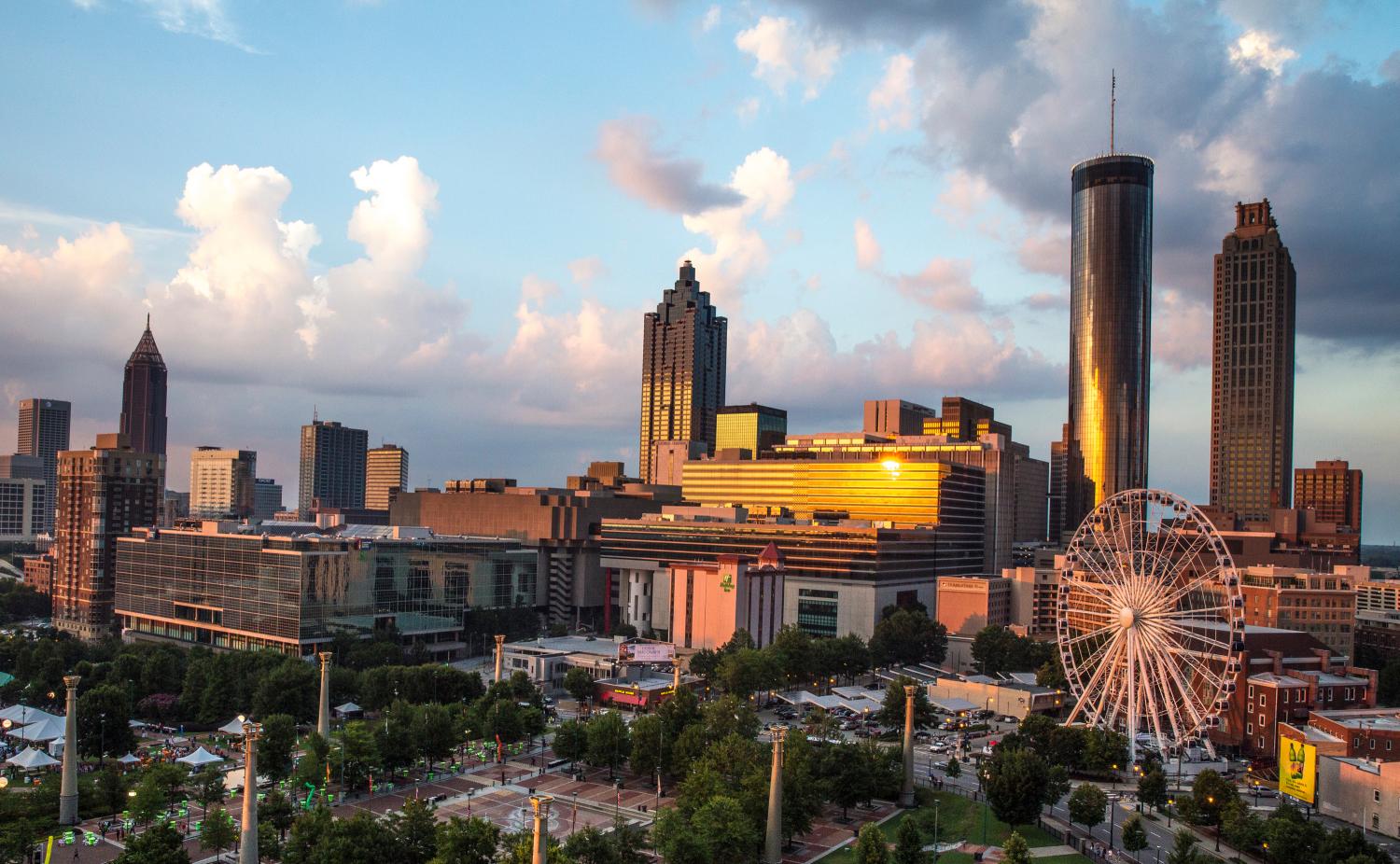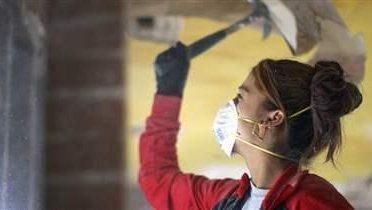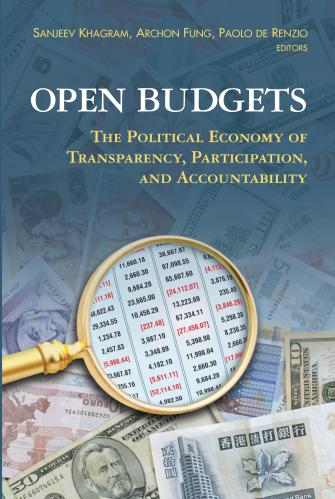Although the Great Recession officially ended in June 2009, communities throughout the United States are still struggling to cope with the effects of the biggest economic downturn since the Great Depression. Unemployment is 8.6 percent, and income inequality is at its highest levels in decades. Despite incremental improvements over the course of 2011, metropolitan areas across America continue to suffer from sluggish hiring and lackluster growth.
As the nation inches toward economic recovery, it’s become increasingly apparent that restoring prosperity is not just a matter of bouncing back and returning to business as usual. Business as usual is what got us here. Instead, we need to move toward a new economic growth model, a next economy that prizes production over consumption, true innovation over financial wizardry and long-term growth over short-term speculation.
The next economy will be fueled by innovation and advanced manufacturing, so that the U.S. can stay on the cutting edge of invention and production. It will be powered by a next-generation workforce that’s well-prepared for employment opportunities in emerging fields. This will require the United States to take the lead in the clean economy, developing the renewable energy and energy-efficiency technologies necessary for a low carbon future. The next economy will also be export intensive, producing goods and services that are in demand in the global marketplace. And all this will demand a new approach to governance, predicated on public-private collaboration and cooperation.
In an ideal world, the federal government would take action to help make this new economic vision a reality. Indeed, most Americans would like to see Washington do just that. A recent poll by the Pew Charitable Trusts’ Economic Mobility Project found that 83 percent of Americans want the government to play a role in promoting economic upward mobility. But as long as party infighting and partisan gridlock rule the day, the likelihood of major federal action remains slim.
Fortunately, the United States is a federal republic. When the federal government cannot or will not act, states, cities, and metropolitan areas have the power to step into the breach and get things done themselves.
That’s what we’re seeing right now.
Throughout the nation, governors and state legislatures and mayors and city councils are crafting innovative solutions to the problems facing their economies. They are joining together with leaders from private industry, philanthropy and advanced research to boost exports, strengthen the clean economy, expand innovation capacity and train the next generation of workers. They are adopting new styles of governance that emphasize collaboration over conflict and partnership over partisanship.
Unwilling to wait for Washington, they are taking the reins and forging a pragmatic caucus capable of leading the transition to the next economy.
Over the next few days, we’ll present ten state and metro-level innovations that we think deserve your attention in 2012. These innovations to watch―all of which came to scale during the past year―represent some of the most forward thinking economy-shaping efforts underway in America’s states and metropolitan areas. We selected these innovations based on their ability to help create jobs and contribute to a stronger economy as well as their reliance on collaboration across the public, private, nonprofit and (in some cases) academic sectors. In choosing these innovations, we focused on efforts that were emblematic of the next economy and offered promising models that could be replicated in other states and metropolitan areas and scaled up by federal action. We’ll be keeping an eye on these innovations to watch in the months ahead, and we think that you should, too.
The Brookings Institution is committed to quality, independence, and impact.
We are supported by a diverse array of funders. In line with our values and policies, each Brookings publication represents the sole views of its author(s).









Commentary
Innovative State and Metropolitan Government Solutions to Watch in 2012
January 17, 2012